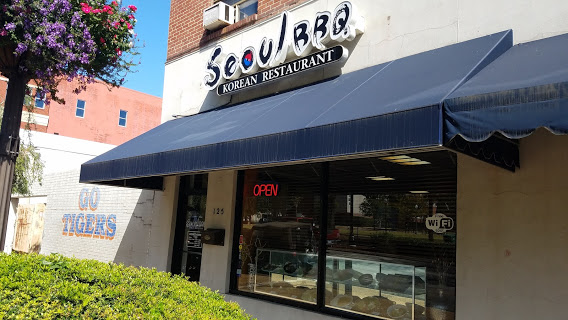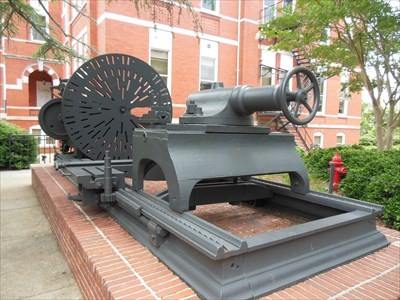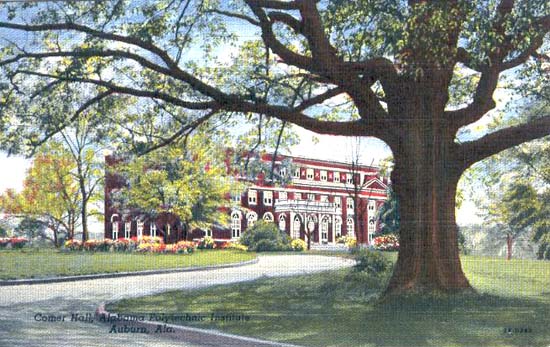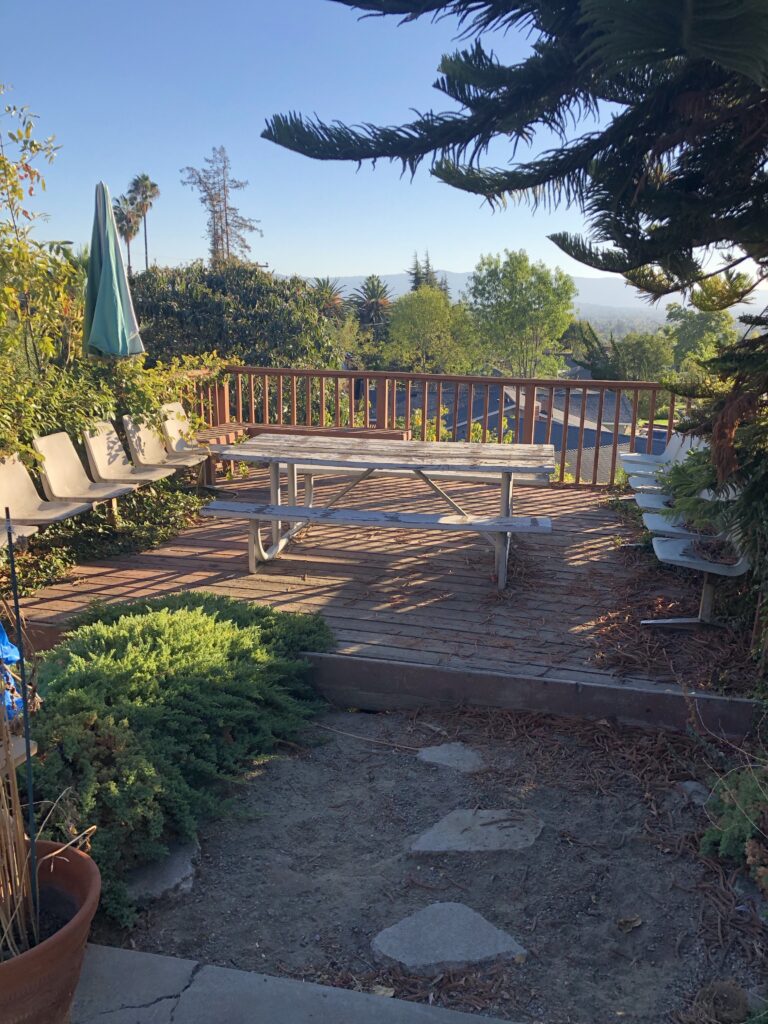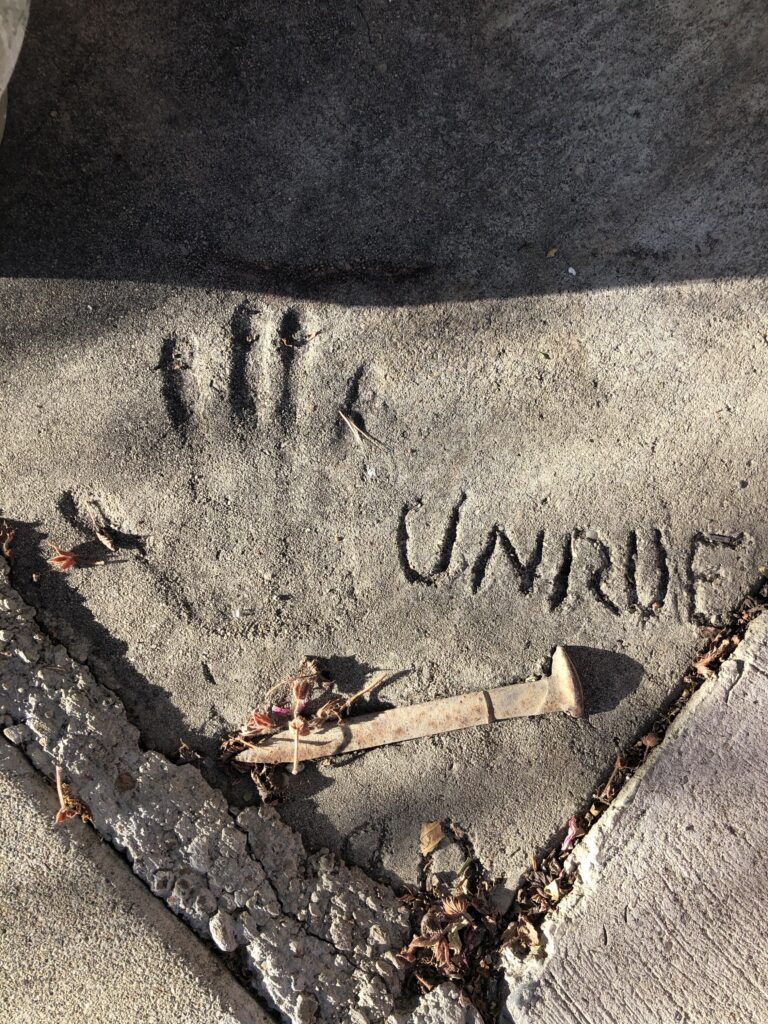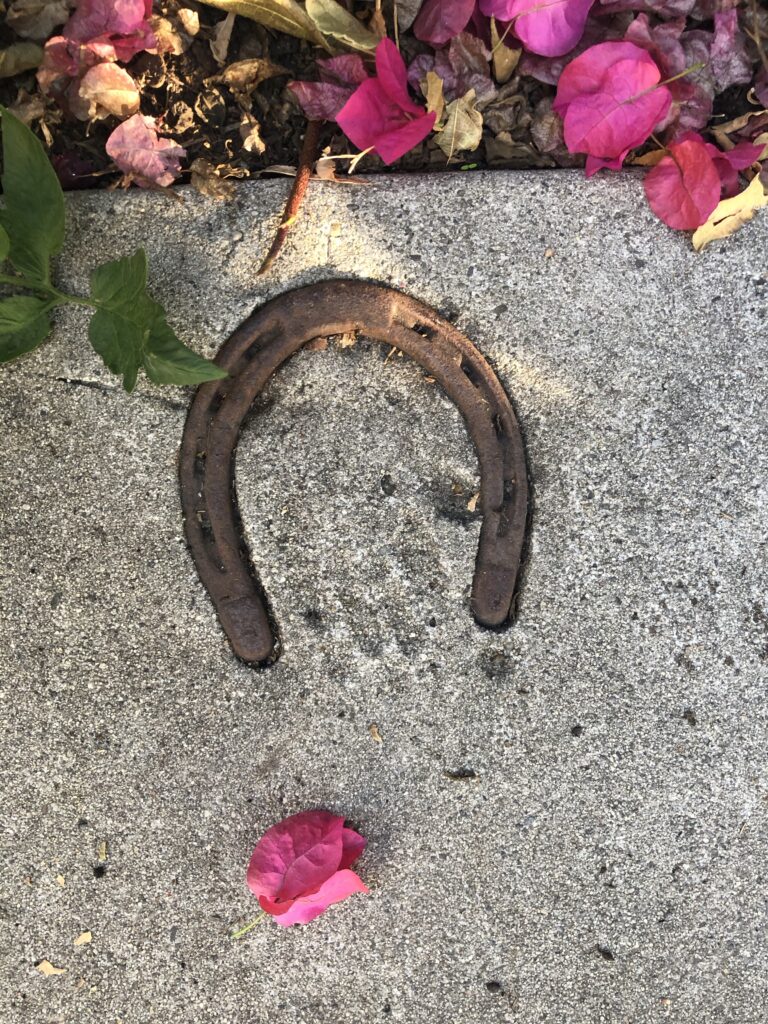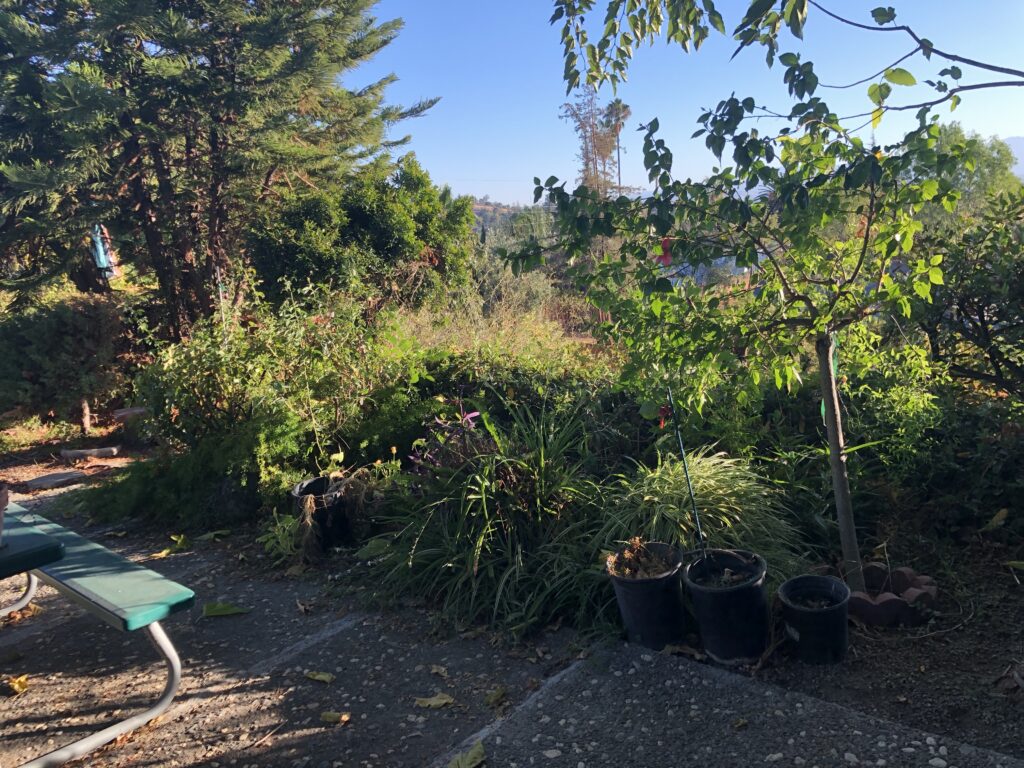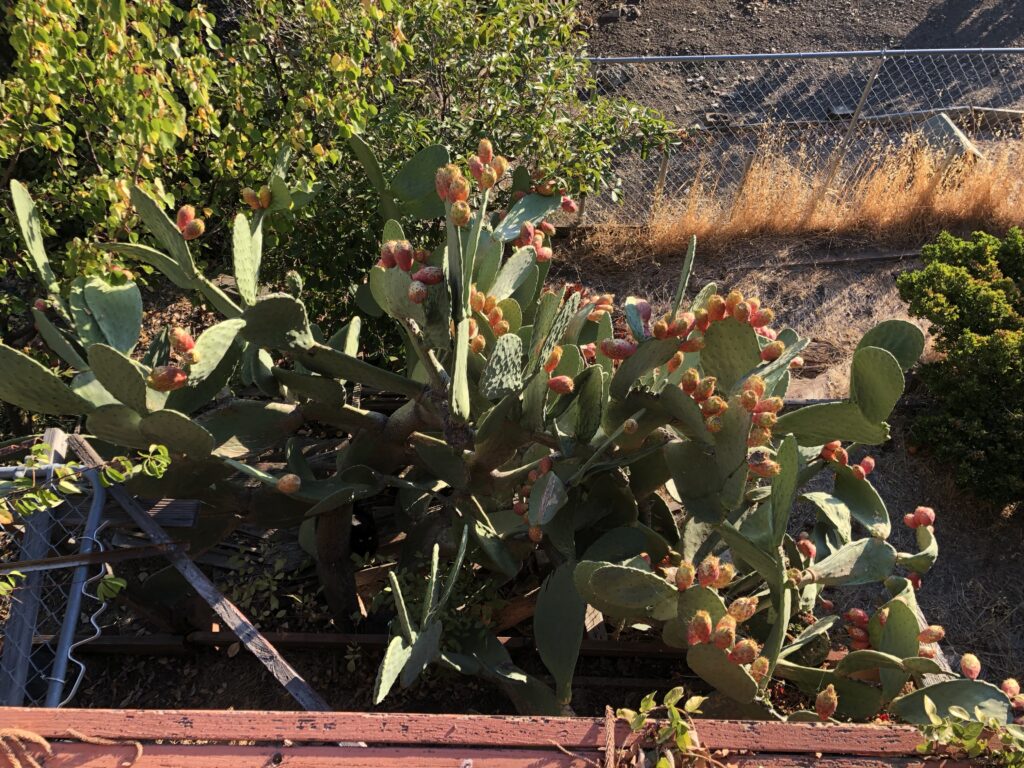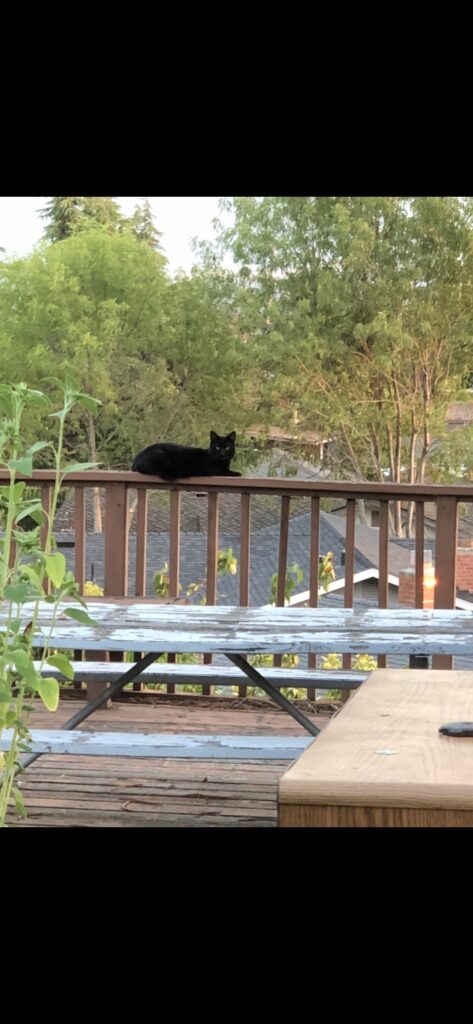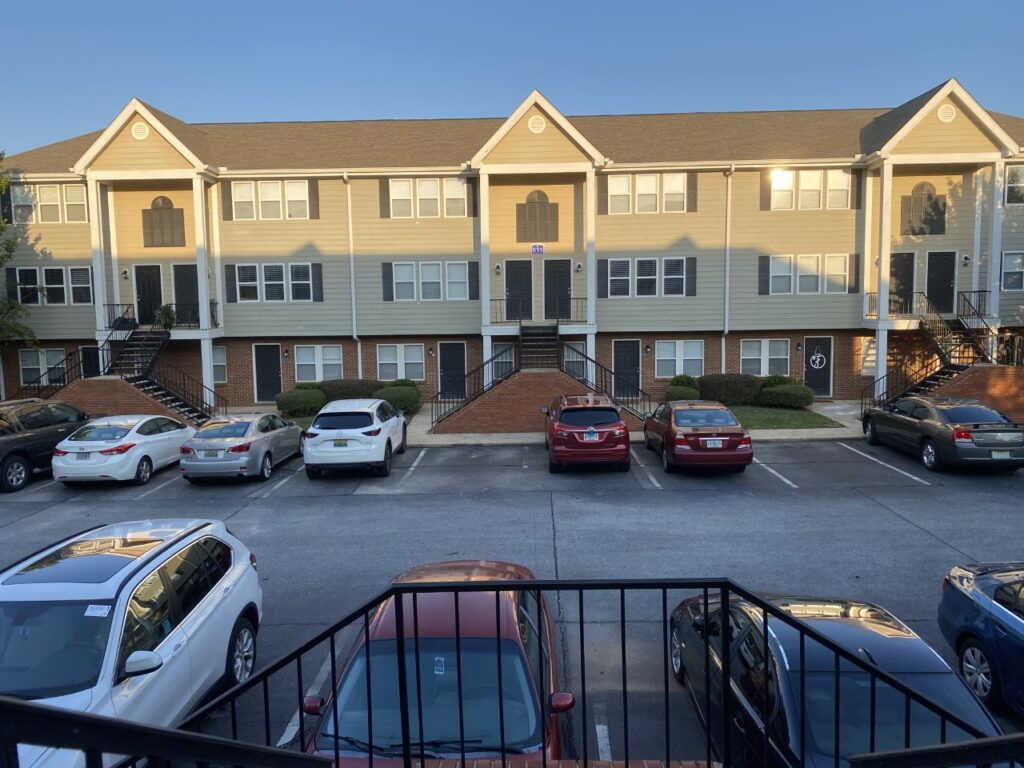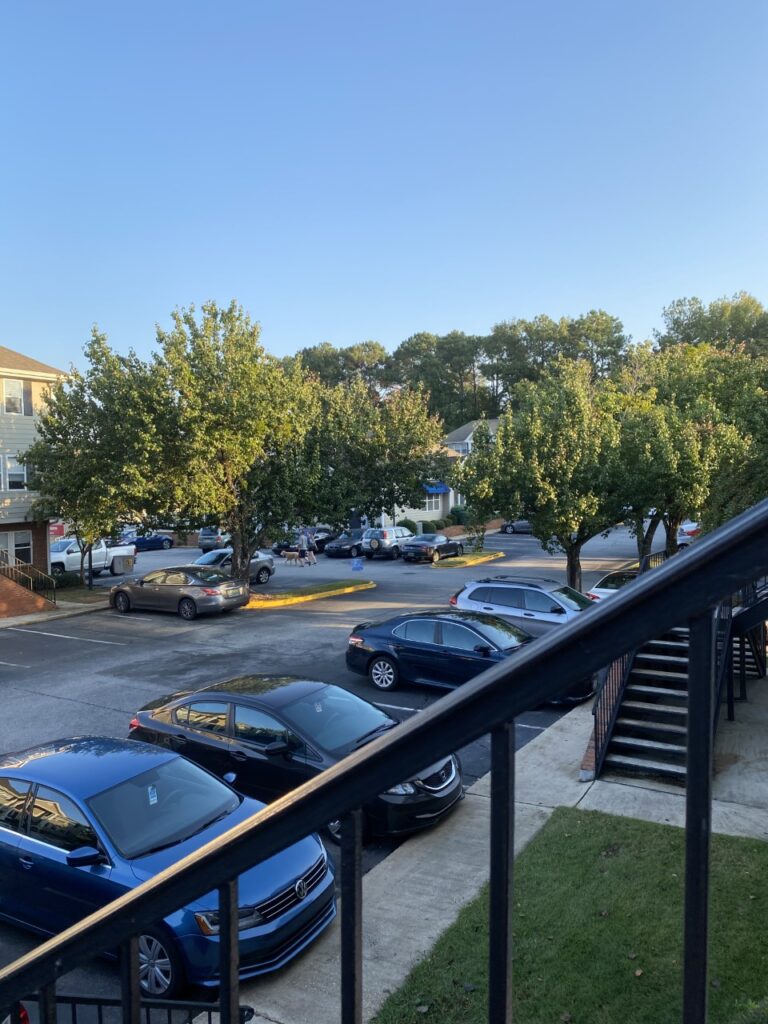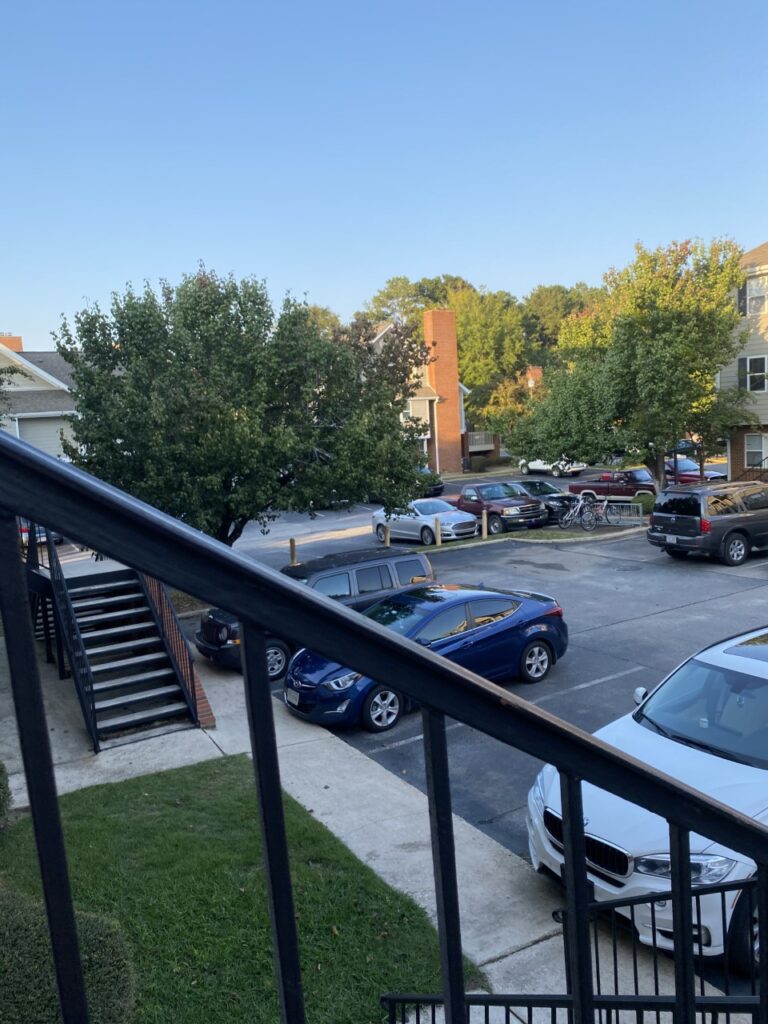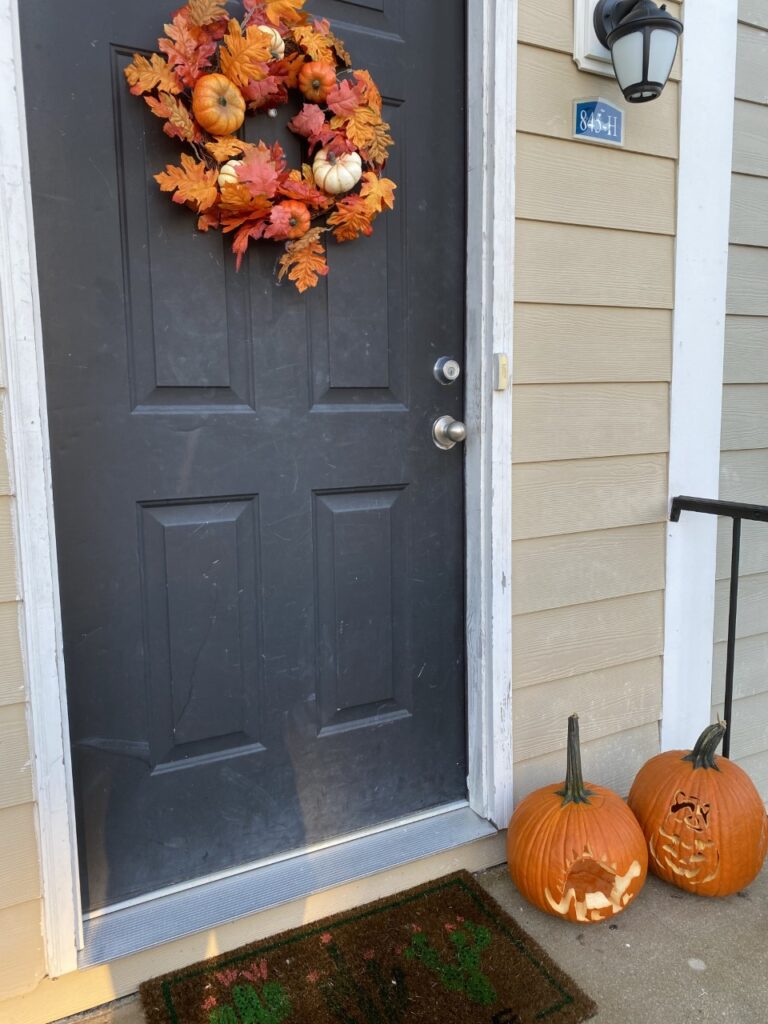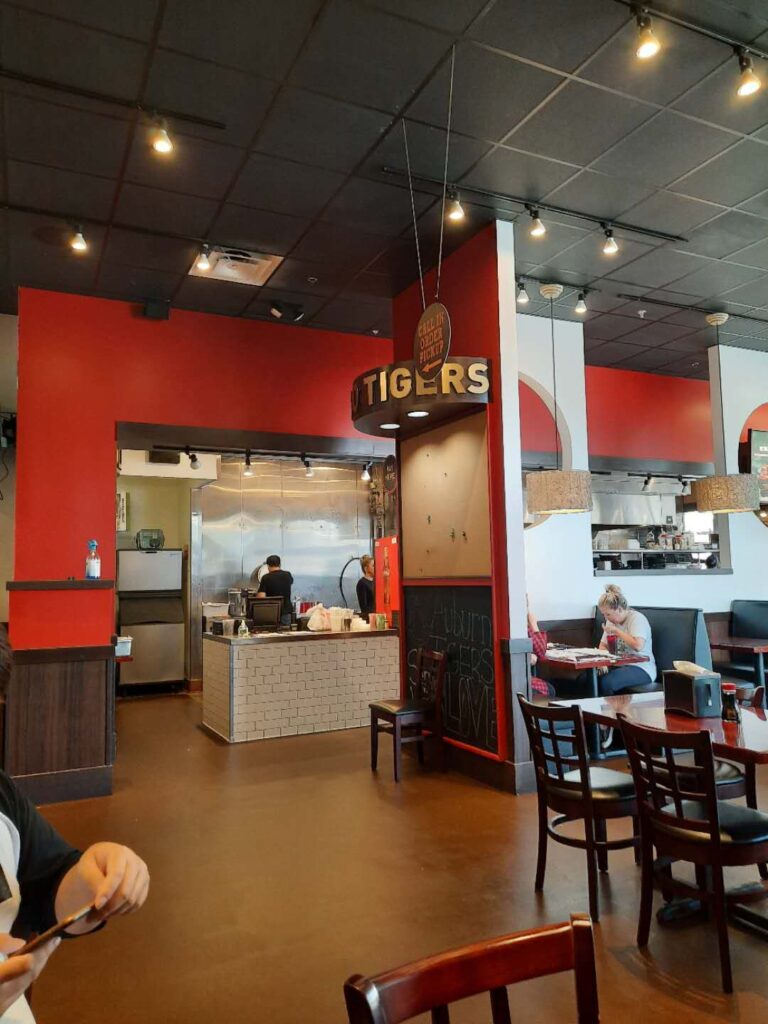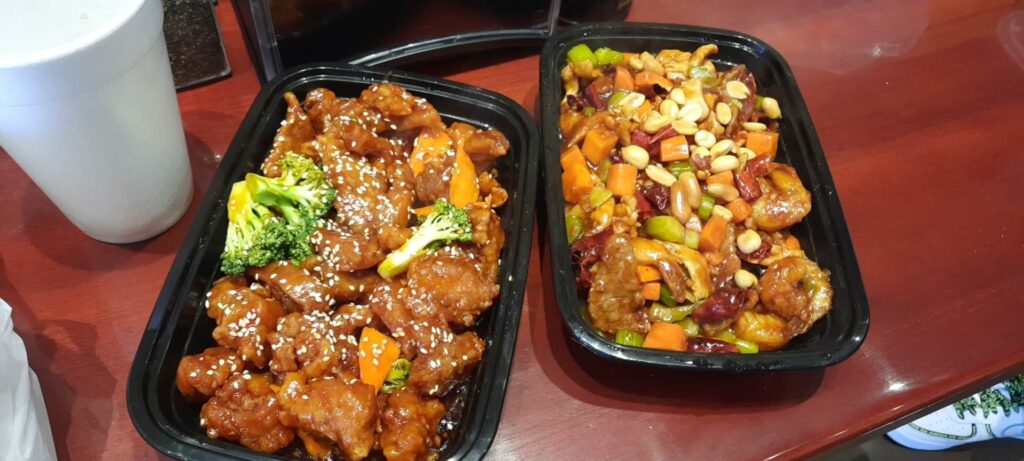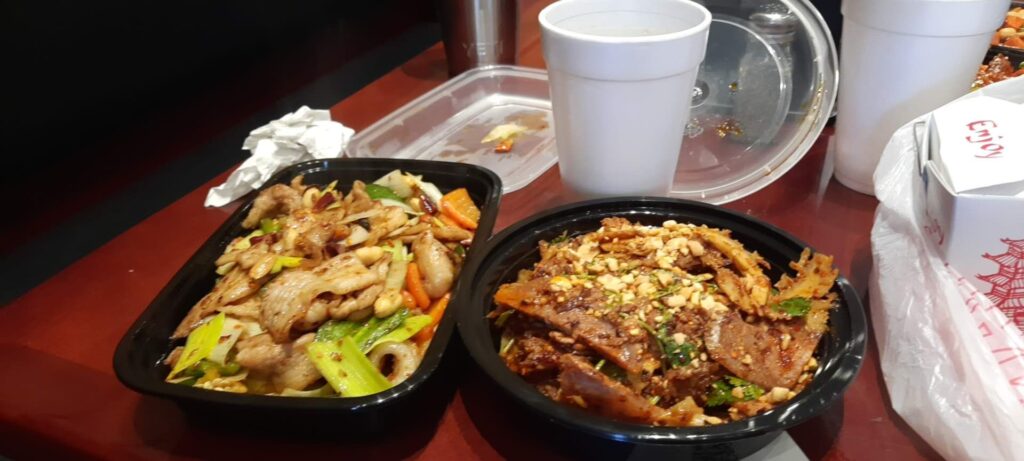I am currently a senior at Auburn University, and I plan on graduating in the spring. Over time while attending Auburn University I have seen many changes throughout the universities’ campus. I think the one of the biggest changes that has occurred throughout Auburn’s landscape that I have noticed would be the addition to the business school and adding the graduate business building on the corner of Donahue and Magnolia. This addition to Auburn Universities’ already growing campus will be extremely beneficial to our ability to appeal to not only high school kids looking to apply but also college graduates looking to expand their knowledge in their field of study.
While going to class or driving around town there are many different chances you have to see different historical markers or historical monuments. One of the many historical markers that I have been able to interact with and learn about has been the Crescent Trail marker. I was able to learn about this very unique historical marker and its significance in a class I took this time last year. Another historical marker I can tell you about is the Veterans memorial across from 160 Ross. But to be completely honest I could not tell you any major historical markers located on campus that I have been able to interact with. At my time at Auburn University I have experienced a whole new wave of Auburn. Auburn University today is moving towards a more progressive school. In today’s time especially with the Black Lives Matter movement there has been a huge wave of demands to rename buildings and take down statues that have ties to racist origins. I do personally agree that it is the right thing to do to rename these buildings if the origins of the buildings are in fact offensive and have been named after someone who was racist. I am very proud to say I go to Auburn University and I cannot wait to see what the future holds for Auburn as a whole.
